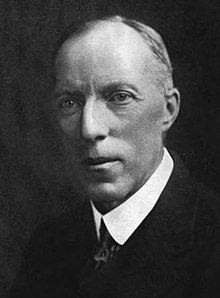The folk music of England is a tradition-based music which has existed since the later medieval period. It is often contrasted with courtly, classical and later commercial music. Folk music traditionally was preserved and passed on orally within communities, but print and subsequently audio recordings have since become the primary means of transmission. The term is used to refer both to English traditional music and music composed or delivered in a traditional style.
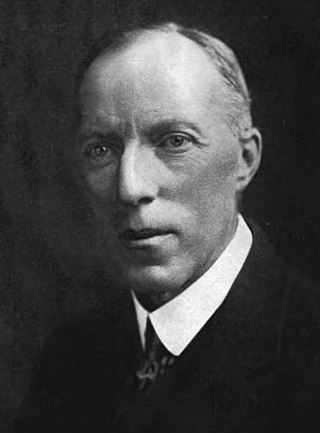
Cecil James Sharp was an English collector of folk songs, folk dances and instrumental music, as well as a lecturer, teacher, composer and musician. He was a key figure in the folk-song revival in England during the Edwardian period. According to Roud's Folk Song in England, Sharp was the country's "single most important figure in the study of folk song and music."
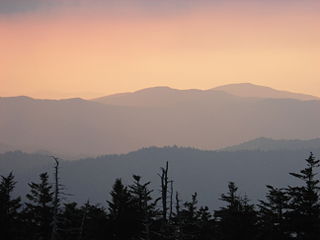
"On Top of Old Smoky" is a traditional folk song of the United States. As recorded by The Weavers, the song reached the pop music charts in 1951. It is catalogued as Roud Folk Song Index No. 414.

Frederick Lygon, 6th Earl Beauchamp PC DL, styled The Honourable Frederick Lygon between 1853 and 1866, was a British Conservative politician.
Janet Heatley Blunt (1859–1950) was a British folklorist.
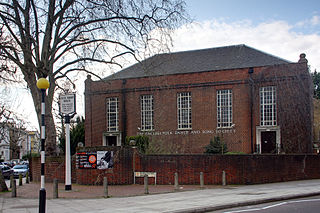
The Vaughan Williams Memorial Library (VWML) is the library and archive of the English Folk Dance and Song Society (EFDSS), located in the society's London headquarters, Cecil Sharp House. It is a multi-media library comprising books, periodicals, audio-visual materials, photographic images and sound recordings, as well as manuscripts, field notes, transcriptions etc. of a number of collectors of folk music and dance traditions in the British Isles. According to A Dictionary of English Folklore, "... by a gradual process of professionalization the VWML has become the most important concentration of material on traditional song, dance, and music in the country."
The Roud Folk Song Index is a database of around 250,000 references to nearly 25,000 songs collected from oral tradition in the English language from all over the world. It is compiled by Steve Roud. Roud's Index is a combination of the Broadside Index and a "field-recording index" compiled by Roud. It subsumes all the previous printed sources known to Francis James Child and includes recordings from 1900 to 1975. Until early 2006, the index was available by a CD subscription; now it can be found online on the Vaughan Williams Memorial Library website, maintained by the English Folk Dance and Song Society (EFDSS). A partial list is also available at List of folk songs by Roud number.
Peter Douglas Kennedy was an influential English folklorist and folk song collector throughout the 1950s, 1960s and 1970s.
Anne Geddes Gilchrist OBE FSA was a British folk song collector. Although less well-known than her London-based counterparts, her expertise was acknowledged by Cecil Sharp, Lucy Broadwood, and John Masefield.
Maud Karpeles OBE, was a British collector of folksongs and dance teacher.
The British folk revival incorporates a number of movements for the collection, preservation and performance of folk music in the United Kingdom and related territories and countries, which had origins as early as the 18th century. It is particularly associated with two movements, usually referred to as the first and second revivals, respectively in the late 19th to early 20th centuries and the mid-20th century. The first included increased interest in and study of traditional folk music, the second was a part of the birth of contemporary folk music. These had a profound impact on the development of British classical music and in the creation of a "national" or "pastoral" school and led to the creation of a sub-culture of folk clubs and folk festivals as well as influential subgenres including progressive folk music and British folk rock.
Fred Jordan was a farm worker from Ludlow, Shropshire, and is noted as one of the great musically untutored traditional English singers. He was first recorded in the 1940s by folk music researcher Alan Lomax and, over subsequent decades endeared himself to the English folk-song revival movement. Jordan was awarded the English Folk Dance and Song Society's highest honour, the Gold Badge, "for distinguished and unique contributions to the folk performing arts" in 1995.
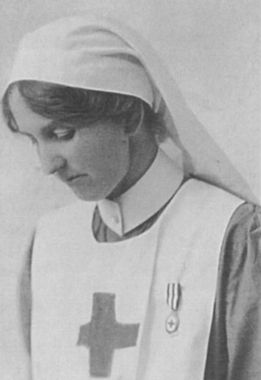
Ella Mary Leather was a British collector of the local folklore and songs of Herefordshire. Her seminal work, Folklore of Herefordshire, published in 1912, has been recognized as an authoritative "model of scientific scholarship." Amongst her other works are Twelve Traditional Carols from Herefordshire, a collaboration with Ralph Vaughan Williams, and various notes to the journal of The Folklore Society.
The Full English launched in 2013 and is an ongoing English Folk Dance and Song Society (EFDSS) project to create a searchable digital archive of English folk song collections from the early 20th century, thereby preserving and improving the accessibility of these resources. The project is supported by the Heritage Lottery Fund, The Folklore Society, the National Folk Music Fund and the English Miscellany Folk Dance Group. An offshoot of the archive, also in 2013, was an album and concert tour under The Full English name by a collective of UK folk singers.
George Barnet Gardiner was a Scottish-born folk-song collector who collected songs from traditional singers in Southern England, chiefly in Hampshire, but also in Surrey, Sussex, Somerset and other counties. He collected over 1,400 songs in a six-year period between 1904 and his death in 1910.
The composer Ralph Vaughan Williams was one of the musicians who participated in the first English Folk Song revival, as well as using folk song tunes in his compositions. He collected his first song, Bushes and Briars, from Mr Charles Pottipher, a seventy-year-old labourer from Ingrave, Essex in 1903, and went on to collect over 800 songs, as well as some singing games and dance tunes. For 10 years he devoted up to 30 days a year to collecting folk songs from singers in 21 English counties, though Essex, Norfolk, Herefordshire and Sussex account for over two thirds of the songs in his collection. He recorded a small number of songs using a phonograph but the vast majority were recorded by hand. He was a regular contributor to the Folk Song Society's Journal, a member of the society's committee from 1904 to 1946, and when in that year the society amalgamated with the English Folk Dance Society he became president of the English Folk Dance and Song Society, a position he held until his death.
Violet Alford was an internationally recognised authority on folk dancing and its related music, costume, and folk customs. She believed that a common prehistoric root explained the similarities found across much of Europe.

Lady Mary Trefusis, née Lygon was an English hymnwriter and courtier. She was also known as Lady Mary Forbes-Trefusis. She was a daughter of the 6th Earl Beauchamp and the wife of Lt.-Col. Henry Hepburn-Stuart-Forbes-Trefusis in 1905 and had issue. She was Lady of the Bedchamber to Queen Mary, having joined her household while Mary was Princess of Wales.

George "Pop" Maynard was an English folk singer and marbles champion. The folk singer Shirley Collins considers Maynard to have been the "finest traditional English singer, matched only by Harry Cox".
Douglas Neil Kennedy (1893–1988) was a folk musician, dancer and a key figure in the 20th century English folk dance revival.
